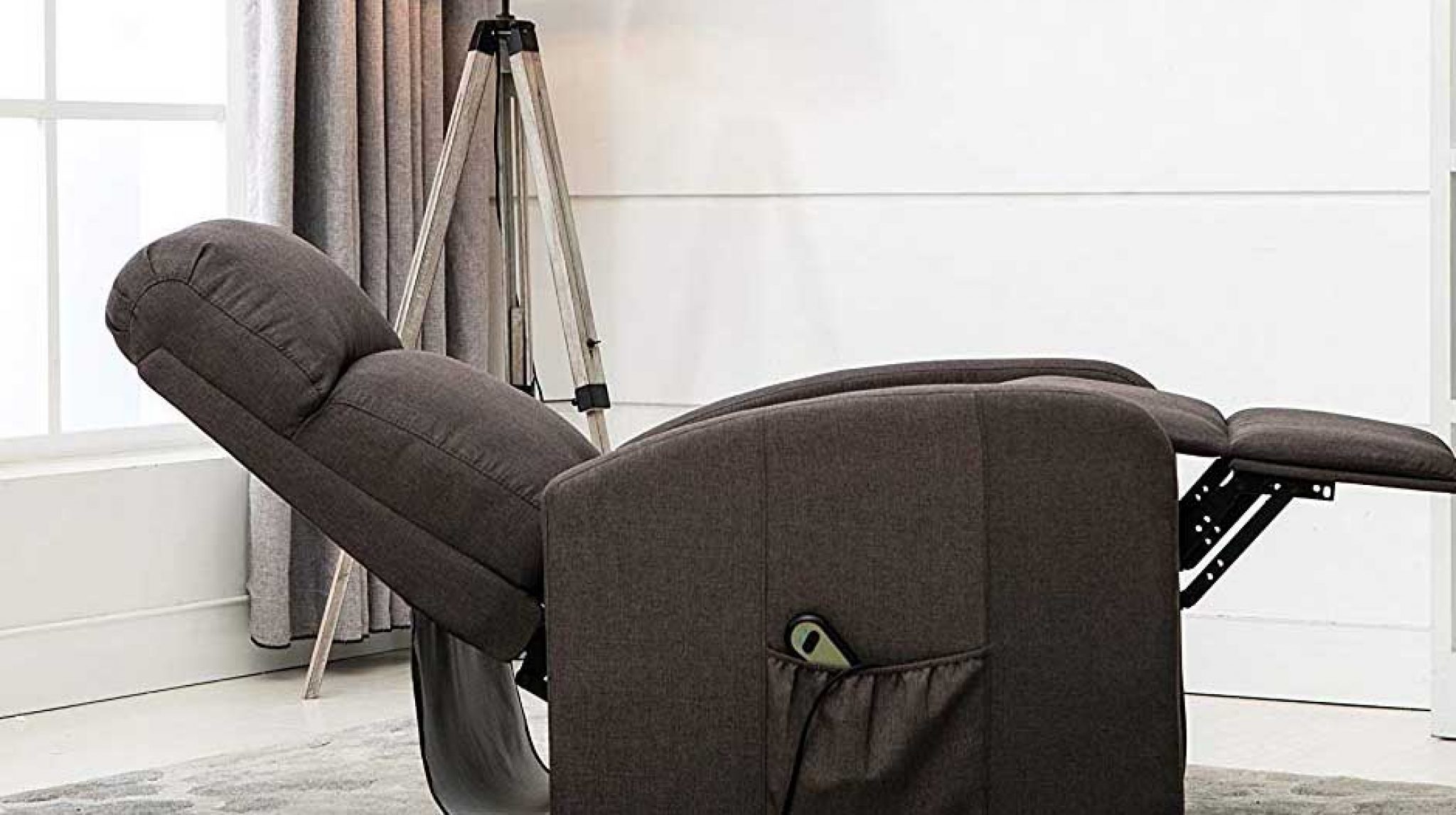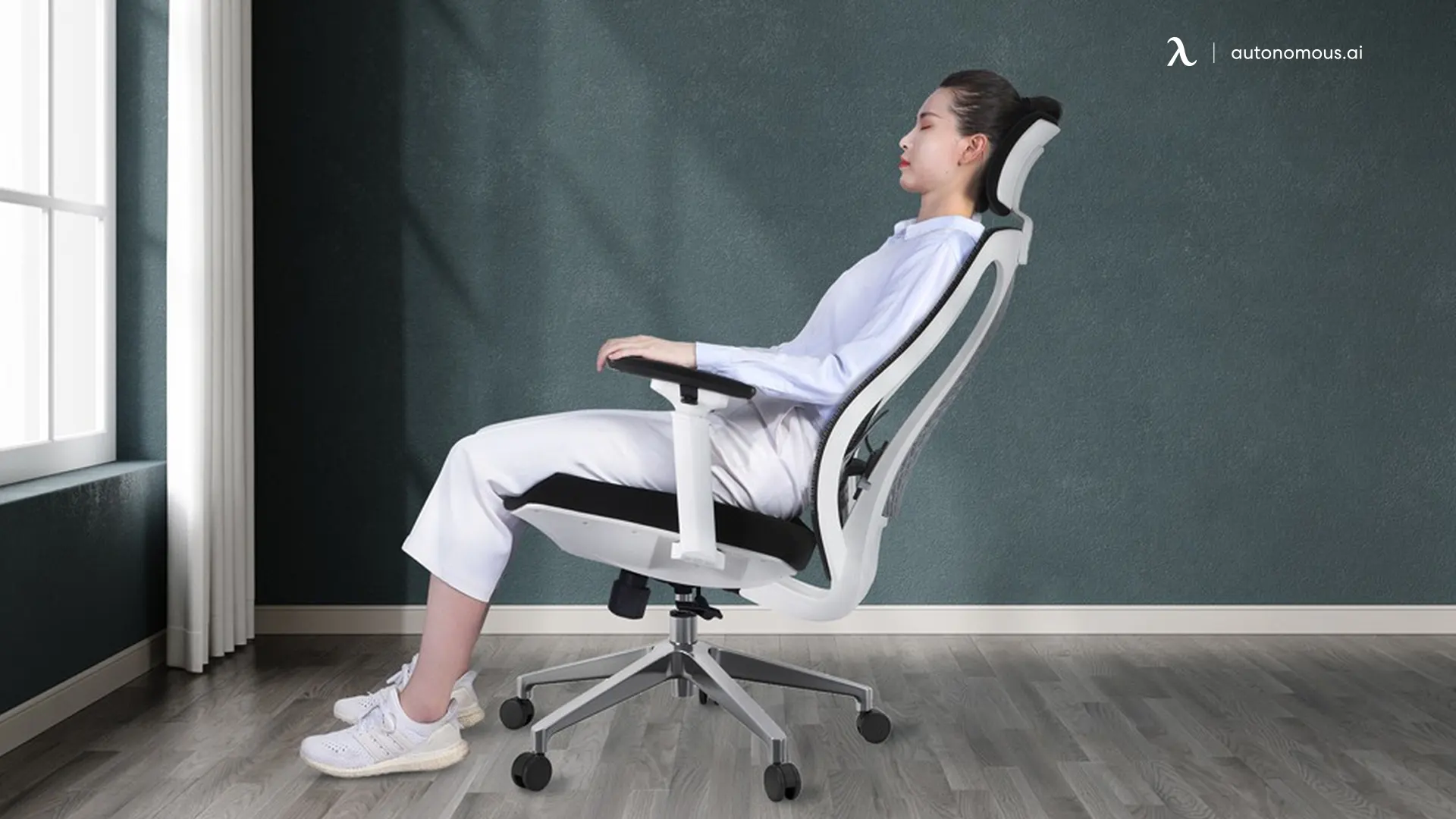Types of Chairs for Back Pain Relief: Best Living Room Chair For Back Pain

Choosing the right chair can significantly impact your comfort and alleviate back pain. The ideal chair will provide adequate support, encourage proper posture, and allow for adjustments to suit your individual needs. Let’s explore different chair types and their suitability for back pain sufferers.
Ergonomic Chair Features and Benefits
Ergonomic chairs are designed to promote proper posture and reduce strain on the back. Their key features are geared towards maximizing comfort and minimizing discomfort for extended periods of sitting.
| Chair Type | Key Features | Benefits for Back Pain | Drawbacks |
|---|---|---|---|
| Ergonomic Chair | Adjustable lumbar support, adjustable height, adjustable armrests, breathable mesh or fabric, contoured seat and back | Provides excellent support for the spine’s natural curves, reducing pressure points and promoting proper posture. Adjustable features allow for personalized comfort. | Can be expensive. Requires regular adjustment to maintain optimal support. May not be aesthetically pleasing to all. |
| Recliner Chair | Reclining backrest, adjustable footrest, often padded seating, sometimes with lumbar support | Allows for a variety of positions, relieving pressure on the spine. Can be helpful for short periods of rest or relaxation. | May not provide sufficient support for prolonged sitting. Lack of adjustability can be a problem. May encourage slouching if not used properly. Can take up considerable space. |
| Support Chair (e.g., kneeling chair) | Unique design that encourages an upright posture, promoting better spinal alignment. Often features a knee support and a sloped seat. | Improves posture and reduces pressure on the lower back. Can strengthen core muscles over time. | Can be uncomfortable for extended periods, especially for those with knee problems. Requires a period of adjustment to get used to the unusual posture. Not suitable for all body types. |
Visual Representations of Chair Types
Imagine an ergonomic chair: Picture a chair with a high back that curves inward at the lumbar region, providing support for the lower back’s natural curve. The seat is contoured to fit the shape of the hips and thighs, preventing pressure points. Adjustable armrests allow for optimal positioning, and the height is adjustable to match the user’s desk or table. The chair is likely made of breathable mesh or fabric to prevent overheating.
Now visualize a recliner chair: This is a chair with a backrest that can recline to various angles, allowing the user to lie back almost completely. A footrest extends outward to support the legs, creating a near-lying position. The cushioning is typically plush and comfortable. While many have some lumbar support, it’s often not as adjustable as in an ergonomic chair.
Finally, picture a kneeling chair: This chair has a unique design with a sloped seat and a padded knee rest. The user sits with their knees bent at a right angle and their hips slightly elevated, keeping the spine in a more upright position. The seat is typically not as deep as in other chair types. The key ergonomic feature is the upright posture it promotes.
Factors to Consider When Choosing a Chair

Selecting the right living room chair for back pain relief isn’t about picking the most expensive or visually appealing option; it’s about strategic investment in your long-term comfort and well-being. The wrong chair can exacerbate existing back problems, while the right one can significantly improve your posture and reduce discomfort. This section delves into the critical factors you should meticulously evaluate before making your purchase.
Best living room chair for back pain – Making an informed decision requires a systematic approach. Consider the chair’s impact on your posture, its adjustability, the materials used, and, critically, its dimensions relative to your body. Ignoring these factors could lead to a purchase you’ll regret.
Posture Support and Adjustability
Proper posture is paramount for back health. A chair that doesn’t support your natural spinal curves can contribute to muscle strain, stiffness, and even chronic pain. Look for chairs with features designed to promote good posture, such as lumbar support (a curve in the backrest that conforms to the natural inward curve of your lower back), adjustable height, and the ability to recline. A chair’s ability to adjust to your unique needs is crucial; a one-size-fits-all approach simply won’t work.
- Lumbar Support: This crucial feature provides support for the lower back, preventing slouching and promoting a natural spinal alignment. Look for chairs with adjustable lumbar support for optimal personalization.
- Adjustable Height: The seat height should allow your feet to rest flat on the floor with your knees bent at a 90-degree angle. An adjustable height ensures the chair accommodates different body types and table heights.
- Recline Function: The ability to recline allows you to change your posture throughout the day, relieving pressure on your spine. Consider chairs with adjustable recline angles for maximum flexibility.
Chair Materials and Construction
The materials used in a chair significantly influence its comfort, durability, and support. Different materials offer varying levels of firmness, breathability, and longevity. Consider the following factors when evaluating materials:
- Seat Cushioning: The cushioning should be firm enough to provide support but soft enough to be comfortable. Memory foam, high-density foam, and down-filled cushions are popular choices.
- Backrest Material: The backrest should be supportive and breathable. Mesh backrests offer good breathability, while padded backrests provide more cushioning.
- Frame Material: A sturdy frame is essential for long-term durability. Hardwood frames are generally more durable than metal or plastic frames.
Measuring Your Body for the Perfect Fit
A chair that doesn’t fit your body properly will not provide adequate support, regardless of its other features. Accurate measurements are crucial for ensuring optimal comfort and back health. Here’s a simple guide to measuring your body for the perfect chair fit:
- Seat Height: Sit with your feet flat on the floor and your knees bent at a 90-degree angle. Measure the distance from the floor to the top of your thighs. This is your ideal seat height.
- Seat Depth: Sit with your back straight against the backrest. Measure the distance from the back of your knees to the back of your thighs. The seat depth should be slightly less than this measurement to prevent pressure on the back of your knees.
- Backrest Height and Support: Measure the distance from your seat to the top of your shoulders. The backrest should extend at least to this height, providing full support for your back. Ensure the backrest provides adequate lumbar support.
Maintaining a Healthy Back While Using the Chair

Prolonged sitting, even in the most ergonomically designed chair, can negatively impact your back health. Understanding and implementing strategies to mitigate these effects is crucial for maintaining spinal health and preventing discomfort. This involves a combination of mindful posture, regular movement, and targeted stretches. Ignoring these practices can lead to muscle stiffness, pain, and potentially more serious musculoskeletal issues.
Impact of Prolonged Sitting on Back Health and Mitigation Strategies, Best living room chair for back pain
Extended periods of sitting compress the intervertebral discs in your spine, reducing their ability to absorb shock and potentially leading to disc degeneration over time. This compression also weakens back muscles, resulting in poor posture and increased susceptibility to injury. Furthermore, prolonged sitting can restrict blood flow, leading to muscle fatigue and stiffness. To counteract these negative effects, incorporate regular movement breaks into your routine. Even short, frequent breaks can significantly improve circulation and reduce muscle strain. Aim for at least five minutes of movement every hour. This could involve a short walk, some simple stretches, or even just standing up and shifting your weight. Another crucial strategy is maintaining good posture while seated, ensuring your back is supported and your spine is aligned.
Seated Stretches and Exercises for Back Pain Relief
Regular stretching and exercises can significantly alleviate back tension and improve posture, even when performed while seated. These exercises should be incorporated into your daily routine to maintain spinal health.
| Activity | Description | Frequency | Benefits |
|---|---|---|---|
| Seated Spinal Twist | Sit upright with feet flat on the floor. Inhale, then exhale and gently twist your torso to the right, placing your right hand on the outside of your left thigh and your left hand behind you for support. Hold for 15-30 seconds, then repeat on the left side. | 2-3 times daily | Improves spinal mobility, relieves muscle tension in the back and hips. |
| Shoulder Blade Squeeze | Sit tall with your shoulders relaxed. Squeeze your shoulder blades together, holding for 5 seconds, then release. | 10-15 repetitions every hour | Strengthens back muscles, improves posture, and relieves upper back tension. |
| Cat-Cow Stretch (seated variation) | Sit with a straight back. Inhale, arch your back slightly, and lift your chest. Exhale, round your back, and tuck your chin to your chest. Repeat several times. | 5-10 repetitions, several times a day | Increases spinal flexibility, improves posture, and releases tension in the back and neck. |
| Hamstring and Hip Flexor Stretch | Sit tall with one leg extended straight out in front of you. Gently lean forward from the hips, keeping your back straight, until you feel a stretch in the back of your thigh. Hold for 15-30 seconds. Repeat with the other leg. | 2-3 times daily, holding each stretch for 15-30 seconds. | Improves flexibility in the hamstrings and hip flexors, which can affect lower back posture and pain. |
Best Practices for Maintaining a Healthy Back While Seated
Maintaining a healthy back while seated requires a conscious effort to integrate specific practices into your daily routine. These practices extend beyond simply choosing the right chair; they encompass mindful posture, regular movement, and targeted stretches.
| Activity | Description | Frequency | Benefits |
|---|---|---|---|
| Proper Posture | Sit with your back straight, shoulders relaxed, and feet flat on the floor. Maintain the natural curvature of your spine. Avoid slouching or hunching. | Continuously throughout the day | Reduces strain on the spine, prevents muscle imbalances, and promotes good spinal alignment. |
| Movement Breaks | Get up and move around every 30-60 minutes. Walk around, stretch, or simply change positions. | Every 30-60 minutes | Improves circulation, reduces muscle stiffness, and prevents prolonged compression of the spine. |
| Regular Stretching | Perform seated stretches targeting your back, shoulders, and hips throughout the day. | Several times a day | Increases flexibility, relieves muscle tension, and improves posture. |
| Ergonomic Setup | Ensure your chair provides adequate lumbar support and adjust its height to maintain proper posture. | Once, when setting up your workspace | Provides crucial support for the spine, reducing strain and promoting comfort. |
